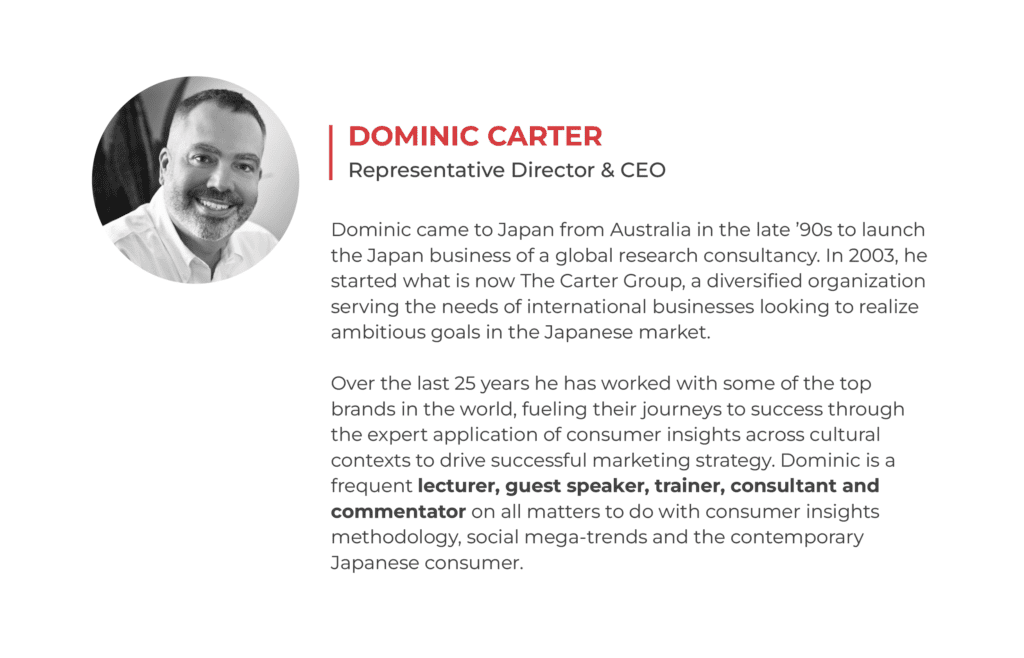The affront to our human nature – called social distancing – that we are now being forced to endure will, in some cases, save our lives. However for brands in the current crisis, distancing yourself from your customers is not going to be good for their health.
Staying close will be extremely important as the crisis will mean that consumers will coldly re-position brands according to their revised needs. A range of purchases, such as some luxury goods, that might until now have seemed quite normal will become unthinkable. In unpredictable ways, where to play and how to win will look quite different in a few months from now.
For the most part, digital channels and well-maintained CRMs have made it possible for brands to issue appropriate messaging directly to their customers, and I have built up quite a collection of well-written communications that tick all the boxes in the crisis communications handbook. I take my hat off to the brands that have been proactive in this respect.
But apart from brands that have a direct and helpful role to play in crisis mitigation in areas such as personal care and hygiene, let’s not pretend that any of these emails and tweets are going to solve any actual problems that the consumer has. The normal role of brands as problem solvers, habit enablers and emotional anchors is still in place, but which brands play those roles effectively is in flux.
It is necessary to acknowledge that all of us have been knocked completely off-kilter. We are not thinking and judging normally. Brands as well as their customers (i.e., all of us), are facing a whole set of new dilemmas that until January we had scarcely even considered. Attitudes and habits will change.
As consultants to and managers of brands let’s be honest – nobody knows what the optimal course of action is now. We are right to be suspicious of anyone who says they do. Though we may have felt that we knew what we were doing last week, we may not be so confident just now. Next week, we may be able to use only very little of what we have learned this week. Suffice it to say that our decisions are likely to have unintended consequences. I like to reassure myself that, because I’m only human, much of what I do now will look like a mistake when viewed in hindsight.
At the risk of stating the obvious, we are in the world of the uncertain. So, what to do?
In all humility I admit that my team and I cannot offer solutions, other than to suggest that the starting point is a stance of proactivity. Nevertheless, I strongly believe that there are some practical pointers we can use from crisis management and scenario planning.
Lessons from the world of crisis management
In a time of crisis, it is critical that a brand understands the dilemmas the crisis throws up in the same way as the consumer does. It is likely that both parties are in a scramble for control in their changed environments – and the consumer will be more open than usual to solutions that help them regain that emotion of control, and indeed that reality. In a practical sense, in a crisis, it is essential for those that manage brands to do a well-structured situational assessment, followed by a forecasting exercise that allows for multiple scenarios, followed by an action plan.
So, great – let’s take action! I’m sure we all want to do that, but before we do, we need to understand how relationships and needs have changed during the crisis. Contradictions in changed needs versus what you typically provide to the consumer are likely to arise – just ask any airline in the world right now. It is possible we are dealing with a totally new and different situation, even with our core buyers.
Lessons from the world of structured complex problem solving
In order to deal with this dynamic effectively, apart from crisis management, the other discipline we can learn from in these times is structured complex problem solving, which includes approaches such as design thinking. In the last couple of years, inspired by design thinking principles and increasingly complex briefs from our clients, our market research team has changed the way it works on certain projects to allow a much greater deal of experimentation and iteration in the ways we help our clients work with consumers to arrive at their solutions and strategies.
There are lots of resources online to help you get familiar with design thinking, but in essence the approach requires multiple stages of learning, typically:
- Starting with an empathy stage with the consumer (which can be done via rapid immersion + qualitative research), that allows you to come to a properly framed or reframed definition of their problem – the problem that you as a brand exist to solve.
- Creative brainstorming to facilitate the creation of numerous prototype solutions.
- Numerous prototype solutions which are then quickly tested for real-world application.
The process is not linear and can involve a lot of retracing of steps as we learn more about our options for action.
The key point is that there are multiple possible solutions that a team can create and we should reasonably expect initial failure for most of them. The term ‘fail forward’ that I have heard one of the fathers of design thinking, Bill Burnett, use is really the theme here. When addressing a complex problem, although correct definition of the problem is a cracking start, the solutions that a team generates are not going to work most of the time. However, you learn each time until you inch closer to something that does work.
Staying “up-close-and-personal” helps you move into creating real value, solutions and engagement with your customers
In order to facilitate accelerated solutioning, we’ve been working at Carter Group for over one year on prototyping what we call ‘Problem Solving Communities’. These are special purpose-built communities designed to explore opportunities and solutions in areas such as gender equality, aging in place, and the changing world of work – areas that our clients must address to be successful in the modern Japanese context.
Our communities involve the recruitment of curated samples of the brand’s customer base, including key influencers, and forming them into an online community with the aim of collaborating with the brand towards a common purpose. Members of the community, who share that common purpose, can then be trained to advocate for their purpose and for the brand that supports it.
In parallel, the brand’s employees are similarly formed into a community to work towards common purpose with each other and the brand’s stakeholders. Both customers and employees are trained over time to practice complex problem solving – meaning constant empathy, creative ideation and testing from both sides. The Problem Solving Community is market research on steroids, and at the very least transcends current consumer research and co-creation approaches in effectiveness and impact on brands’ decision making.
I’m just saying … Crisis recovery demands a new approach and I think this approach has a fighting chance of fitting the bill
Our overarching objective with all Problem Solving Communities would be to ensure that brands bridge the crisis and maintain a strong and collaborative relationship with their key customers and stakeholders under these volatile and unpredictable circumstances. When the crisis is over this investment will pay dividends, because the brand will have implemented fast customer-centric responses that reflect what the world looks like today or tomorrow, not six months ago.
I’m looking to recruit collaborators for this idea so, please, if you are a brand steward, professional in my field of market research or adjacent fields, an agency in any part of marketing services – let’s talk. There is no call for boundaries right now and no excuse for (digital) social distancing from me or your customers!

